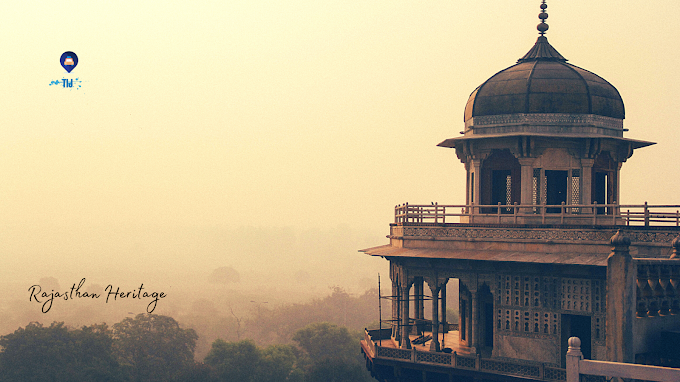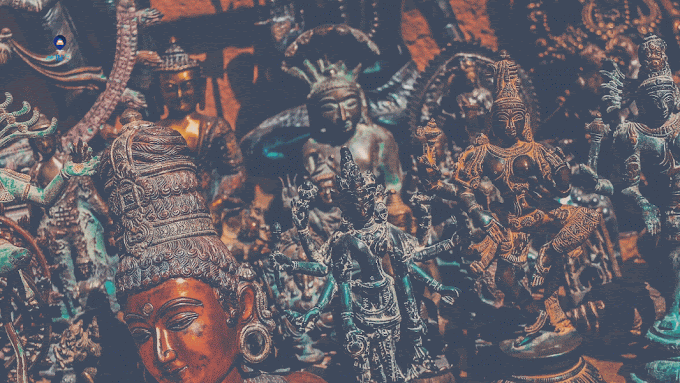Delhi’s cultural lifestyles reveal a completely unique mixture of traditional and cosmopolitan styles. The city is dotted with numerous museums, ancient forts and monuments, libraries, auditoriums, botanical gardens, and places of worship. serving a selection of Indian and international cuisines.
The Refecting the facts In 2021
Also reflecting Delhi’s cultural and stylistic diversity are its several fairs and fairs. These consist of an annual film competition in addition to many sorts of alternate and e-book gala.
The Layout In Delhi | India
A numerous record has left behind a wealthy architectural heritage in Delhi. The oldest buildings inside the town belong to the early Muslim period; they're now not homogenous in construction or in ornamentation, but. Some artists, poets, and designers from Central Asia delivered with them the Seljuq (Turkish) subculture of structure, characterized with the aid of a lotus-bud fringe on the underside of arches, ornamental reliefs, and bricks laid endwise and lengthwise in alternating guides within the masonry face.
The Oldest Facts In Delhi
By the time of the Khaljīs (1290–1320), a particular technique and idiom, known as the Pashtun style, have been installed in Islamic architecture. Among the typical functions of this style are purple sandstone surfaces with white marble inlays, arches inside the form of a pointed horseshoe, home windows outfitted with perforated monitors, and complicated and ample decoration with arabesques and inspirational texts. Examples of early Pashtun architecture in Delhi encompass the Quwat-ul-Islam mosque; the Qutb Minar, which, with its surrounding monuments, has been detailed a UNESCO World Heritage site; the tomb of Iltutmish; and the Alaʾi Gate. Later Pashtun styles are represented through the tombs of the Sayyid (1414–fifty-one) and Lodī kings (1451–1526); these tombs exhibit either a low octagonal form or a higher rectangular edifice, the facade of that's damaged with the aid of a horizontal decorative band and a sequence of panels that endorse miles large structure.
The Important Points
The first crucial piece of Mughal structure in Delhi was Humāyūn’s tomb, which changed into the precursor of the Taj Mahal (in Agra). It delivered excessive arches and double domes to Indian architecture. Some of the best representatives of the later Mughal structures are found in the Red Fort (Lal Qila). The fortress’s massive pink sandstone partitions, which stand seventy-five toes (23 meters) high, enclose a complex of palaces and leisure halls, projecting balconies, baths and indoor canals, and geometrical gardens, as well as an ornate mosque. Among the most famous structures of the complicated is the Hall of Public Audience (Diwan-i-Am), which has 60 crimson sandstone pillars assisting a flat roof, and the smaller Hall of Private Audience (Diwan-i-Khas), with a pavilion of white marble. The Jama Masjid is a nice instance of a true Mughal mosque, in part because it has minarets, wherein its precursors did now not.
The Step Wells | Delhi Factor
Stepwells (trucks, or baolis) additionally showcase Delhi’s rich architectural historical past. The subterranean edifices—common in the course of India as water assets for consuming, washing, bathing, and irrigation and as cool sanctuaries for caravans, pilgrims, and tourists—were commissioned by royal, wealthy, or effective customers. The systems had been complicated engineering feats and distinctive examples of Hindu and Islamic architectural patterns. They have been excavated several memories underground so as to get the right of entry to fluctuating water tables. Although each stepwell varies stylistically, they all incorporated flights of stairs leading from the surface to the water. Many additionally functioned as inverted temples, featuring column-supported color pavilions and problematic stone carvings. Two stepwell examples in Delhi are Agrasen ki Baoli and Gandhak ki Baoli.
The Mughal Empire
The architectural forms of the British period mixed British colonial and Mughal factors. Structures ranged from the grand—as represented via the Presidential House (Rashtrapati Bhavan) and the Parliament and Secretariat buildings—to the utilitarian, as visible in the bungalows and institutional buildings. Since independence, India has aimed to increase its own architectural language in a synthesis among Western and local patterns. In Delhi, examples of such architecture may be visible within the Supreme Court constructing, the Vigyan Bhavan (a convention center), the Crafts Museum, workplaces of the numerous ministries, and the institutional buildings close to Connaught Place. Since the late twentieth century, some Indian and foreign architects have added homes to the metropolis’s landscape that can be considered postmodern (blending many factors of diverse foundation) in style.
Cultural Institutions
Delhi is home to a number of essential museums and busy cultural centers. The National Museum of India, the National Gallery of Modern Arts, and the Indira Gandhi National Centre for the Arts are all committed to the maintenance, documentation, and dissemination of the united states’ inventive background. The Crafts Museum showcases Indian carving, metalwork, painting, and other crafts; the institution regularly hosts events at which nearby craftspeople show their artwork and sell their wares.. The Pragati Maidan, a world-class change and cultural center, is some other outstanding landmark in which events and exhibitions of global scale are held for the duration of the yr. Dilli Haat is a popular bazaar that gives a numerous range of handicrafts and cuisines from numerous states.
Stay Tuned to Get more Details About Delhi India.
If you want to Explore Traditional LifeStyle and Culture Then Do Check out Cab Service in Jodhpur In Rajasthan By Royal Rajasthan. It Best Trip Guide. and Best Services Regarding to Trip In Rajasthan.






0 Comments